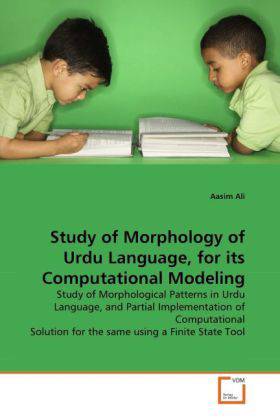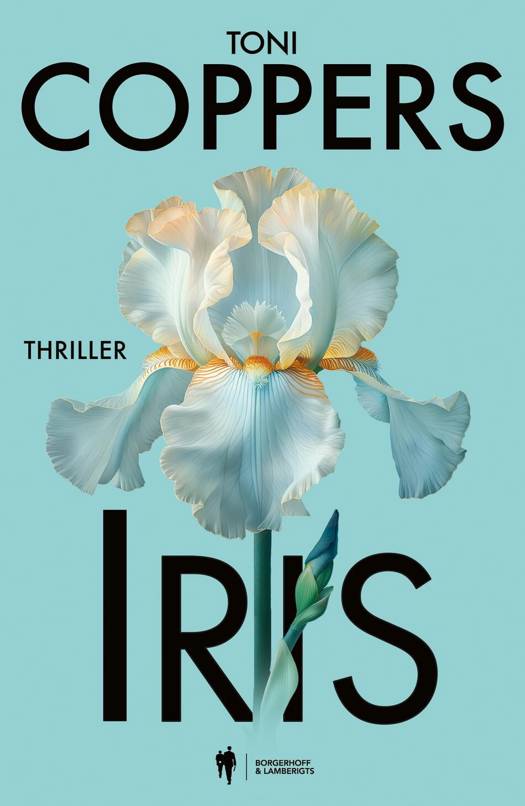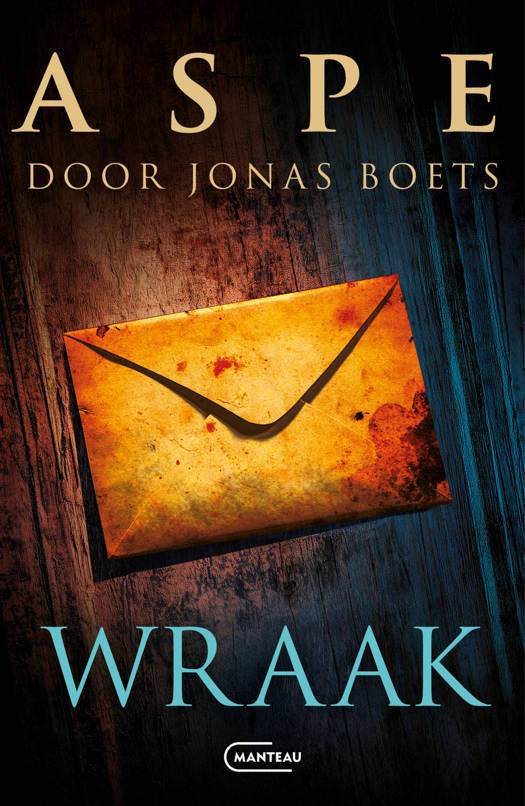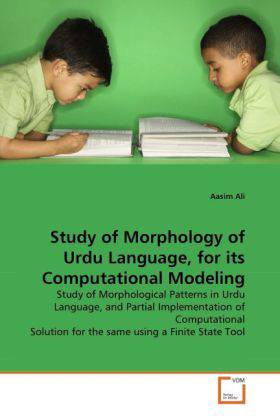
- Afhalen na 1 uur in een winkel met voorraad
- Gratis thuislevering in België vanaf € 30
- Ruim aanbod met 7 miljoen producten
- Afhalen na 1 uur in een winkel met voorraad
- Gratis thuislevering in België vanaf € 30
- Ruim aanbod met 7 miljoen producten
Zoeken
Study of Morphology of Urdu Language, for its Computational Modeling
Study of Morphological Patterns in Urdu Language, and Partial Implementation of Computational Solution for the same using a Finite State Tool
Aasim Ali
Paperback | Engels
€ 48,45
+ 96 punten
Omschrijving
Urdu is a morphologically rich language. It has a variety of morphological phenomena in various grammatical categories, e.g. nouns, verbs, adjectives. Urdu has a lot of Noun Morphology, both Derivational and Inflectional. Urdu is rich in generating nouns from existing noun and non-noun words, and using inflections even for gender of un- animated items, which is not possible in English. Honor is also an interesting phenomenon in Urdu Morphology. There are more than 50 Morphological forms (and around 20 Surface forms) associated with a Verb. Like Nouns, Adjectives are divided into two groups: those which have suffixes that change to show gender and number (marked adjectives), and those which do not (unmarked adjectives). There are other grammatical categories in Urdu that have regular Morphological patterns, e.g. Numbers, Particles, and Clitics.
Specificaties
Betrokkenen
- Auteur(s):
- Uitgeverij:
Inhoud
- Aantal bladzijden:
- 76
- Taal:
- Engels
Eigenschappen
- Productcode (EAN):
- 9783639289442
- Uitvoering:
- Paperback

Alleen bij Standaard Boekhandel
+ 96 punten op je klantenkaart van Standaard Boekhandel
Beoordelingen
We publiceren alleen reviews die voldoen aan de voorwaarden voor reviews. Bekijk onze voorwaarden voor reviews.












